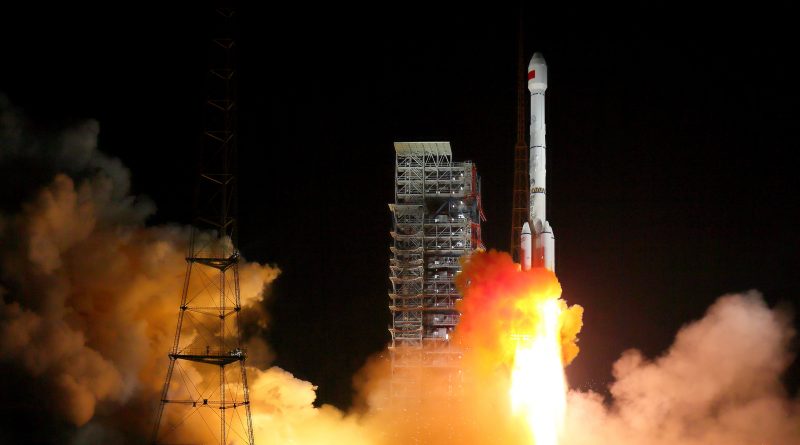Long March 3B Rocket Lifts off with two Chinese Navigation Satellites
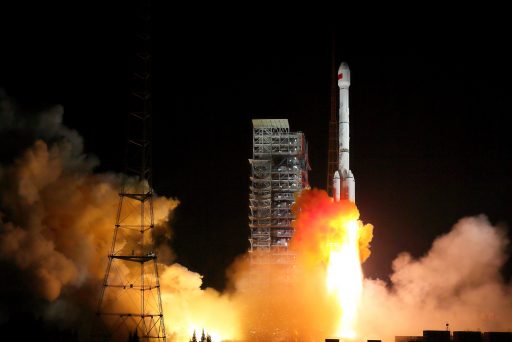
A Chinese Long March 3B rocket lifted off from the country’s Xichang Satellite Launch Center at 11:45 UTC on Sunday, embarking on a multi-hour climb into an orbit over 21,000 Kilometers in altitude to dispatch a pair of Beidou-3 navigation satellites to join China’s global navigation satellite system currently undergoing deployment.
Sunday’s launch was the eleventh Chinese orbital space launch in 2017 and the first in support of Beidou this year with another dual-satellite launch planned in December to be followed by at least six Beidou launches in 2018 to accelerate the pace of deployment. The launch also marked the opening salvo in China’s typical end-of-year frenzy with six launch campaigns currently underway at the country’s inland launch bases to set up for missions in the coming weeks.
Outfitted with a Yuanzheng-1 upper stage on Sunday, the Long March 3B rocket departed the Xichang launch site in the Sichuan Province to the south-east, flying across the Chinese mainland before heading out over the Pacific Ocean. The three-stage Long March 3B was to deliver the stack into an elliptical transfer orbit followed by a supplementary burn by the YZ-1 stage to set the proper apogee altitude of the transfer orbit before a coast phase of over three hours to fire the upper stage again when reaching the high point of the orbit to dispatch the satellites into a circular orbit.
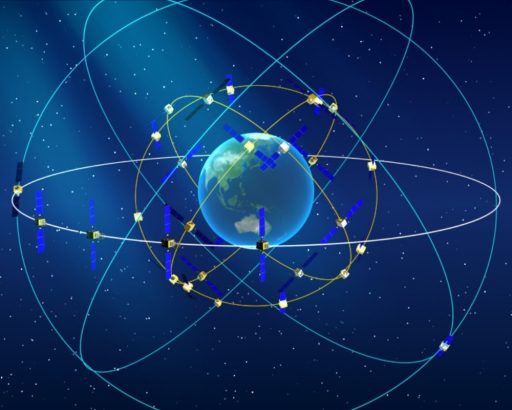
Confirmation of launch success was provided several hours after launch when both satellites had been separated from the upper stage.
The Chinese Beidou Navigation Satellite System employs a combination of satellites in Geostationary Orbit, inclined Geosynchronous Orbits and Medium Earth Orbit as opposed to purely MEO-based systems like the U.S. GPS, Europe’s Galileo and Russia’s Glonass and Geostationary-only constellations like India’s IRNSS ‘Navic.’ Beidou finds its roots back in 1983 when the first proposals for a Chinese navigation system were made, but the program’s first launch did not occur until 2000.
Beidou has been laid out as a three-step program in a gradual evolution from an experimental regional system to operational regional coverage and eventually global, 24/7 coverage. The initial step utilized three satellites placed in Geostationary Orbits within visibility of China to begin navigation services limited to the Chinese territory with an accuracy of around 20 meters.
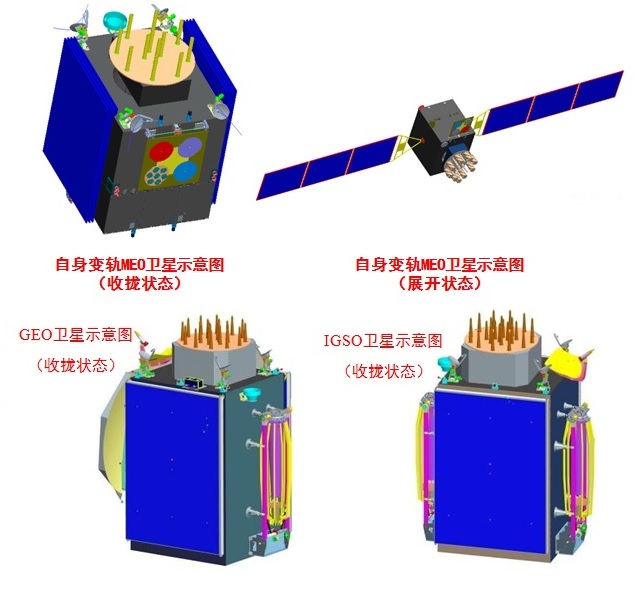
To expand this system to the Asia-Pacific Region, Beidou-2 was inaugurated in 2009 with five satellites in GEO, five in inclined Geosynchronous Orbits plus several more in Medium Earth Orbit, broadening the systems coverage area and improving its accuracy. The third and final stage of establishing a space-based navigation architecture is the expansion to a continuous global coverage at very high accuracy by using satellites deployed to different orbits.
Known as Beidou-3, the finished constellation will be comprised of 27 Beidou-3M satellites in Medium Earth Orbit, five Beidou-3G satellites in Geostationary orbit and three Beidou-3I satellites in inclined Geosynchronous orbits. Seven Beidou-3 satellites have launched before Sunday – one to GEO, three to IGSO and three to MEO.
The Beidou-3 constellation uses two types of satellites by two different manufacturers (CAS & CAST) with the first from each classed as in-orbit validation missions.
All three prior MEO launches under Beidou-3 were classed as in-orbit validation missions with Sunday’s launch involving the first pair of operational satellites. At least a dozen MEO satellites are on China’s launch manifest through the end of 2018 to bring Beidou-3 to an initial operational capability on a path toward full operational capability in 2020.
>>Beidou-3 Satellite & Constellation Overview
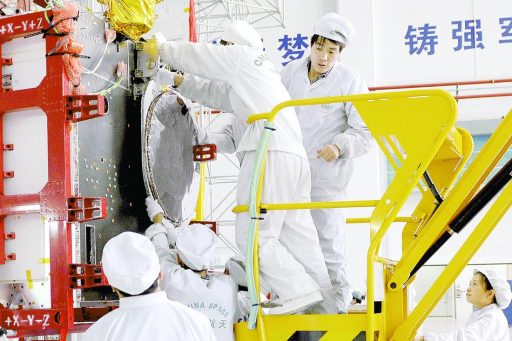
The Beidou-3 system has been designed to operate from multiple orbits to provide compatibility with the previous Beidou generations. To that end, the Geostationary and Geosynchronous satellites carry two navigation payloads, the Radio Determination Satellite Service retained from Beidou-1 to provide compatibility with heritage receivers and the Radio Navigation Satellite Service.
The Radio Navigation Satellite Service operates in a similar way as the Galileo, GPS, Glonass and IRNSS navigation systems – sending coded signals in the L-Band frequency with ultra high timing precision so that receivers on the ground can process three or four different signals in order to calculate the user’s precise position, elevation and speed.
The Medium Earth Orbit Satellites carry only the Radio Navigation Satellite Service payload allowing them to be smaller in size than the high-altitude satellites and their two payloads.
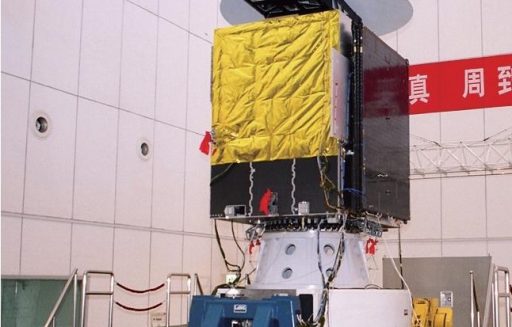
They weigh 1,014 Kilograms and are based on a newly developed satellite bus smaller than the DFH-3 platform, but using a number of DFH-3 heritage components to match its capabilities and reduce risk. The three-axis stabilized satellites accommodate a payload mass of 280 Kilograms and measure 2.25 by 1.0 by 1.22 meters in size. Two deployable solar arrays generate 1,500 Watts of of power.
The Medium Earth Orbit satellites are deployed to an orbit of 21,500 Kilometers inclined 55 degrees and the finished constellation will feature three orbital planes with nine satellites per plane to guarantee global coverage.
Deployment of the Beidou-3 constellation primarily relies on China’s heritage launch vehicle, namely the Long March 3 family that can launch pairs of MEO satellites with help of the YZ-1 upper stage while GEO/GSO satellites either use the YZ-1 upper stage for a direct injection or start out in a transfer orbit and raise their orbits themselves. China’s new heavy-lift rocket, Long March 5, could lift four MEO satellites using a YZ-2 upper stage; however, a recent failure will prevent the vehicle from being declared operational for some time.
>>Long March 3B Launch Vehicle
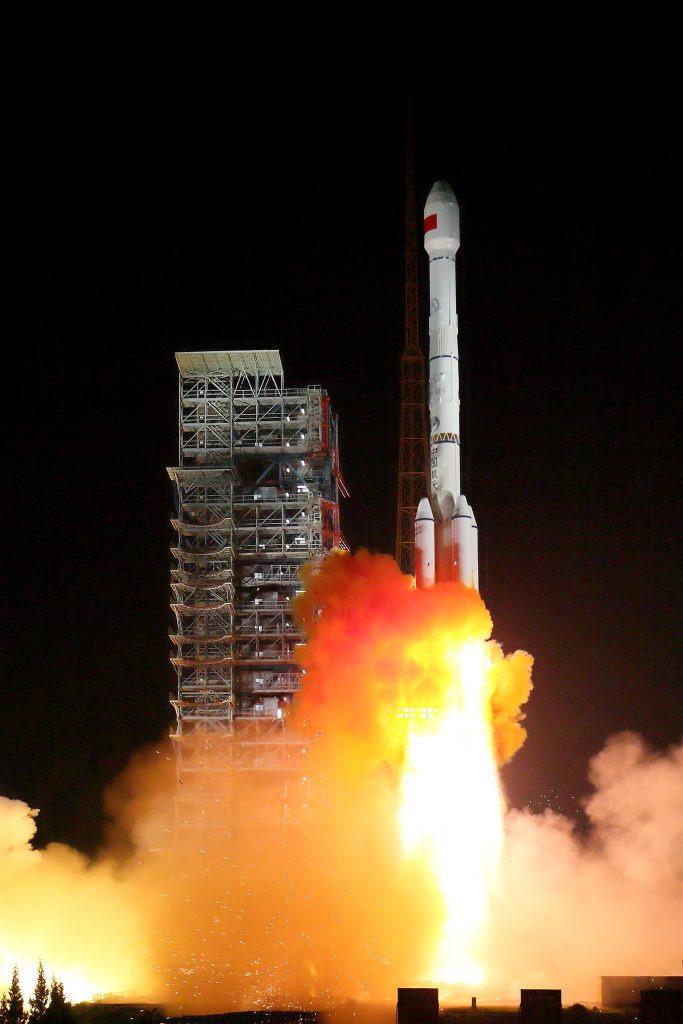
The 56.3-meter tall Long March 3B lifted off from Xichang at 7:45 p.m. local time, climbing vertically for a few seconds before aligning itself with a south-easterly trajectory, taking it over the Yunnan, Guizhou and Guangxi provinces, the Gulf of Tonkin, Hainan Island and out over the Pacific Ocean.
With its four liquid-fueled boosters and large core stage firing at full throttle, the Long March 3B had a total launch thrust of 604 metric-ton-force as it departed Xichang, en-route to an initial Parking Orbit.
The four boosters, 16.09 meters long and 2.25 meters in diameter, were to fire for two minutes and 20 seconds – each delivering 740 Kilonewtons of additional thrust and burning through 41,100 Kilograms of hypergolic propellants. After separation of the boosters, the vehicle was to continue ascent powered by the stage alone, fitted with a four-chamber DaFY-6-2 engine cluster providing 2,961 Kilonewtons of thrust. The stage stands 24.76 meters tall and holds 186,200 Kilograms of propellants at liftoff enabling it to burn for 158 seconds.
Separation of the stages was planned to occur in hot mode, starting with the ignition of the second stage’s vernier engine and followed by the firing of cutting charges to allow the spent core to be discarded and the second stage to fire up its main engine. The 12.9-meter long second stage, holding 49,000kg of propellants, was expected to burn for nearly three minutes with a total thrust of 742 Kilonewtons.
Assuming control of the flight, the third stage was to ignite its YF-75 dual engine cluster that, unlike the other CZ-3B stages, burns Liquid Oxygen and Liquid Hydrogen. Generating 157 Kilonewtons of thrust, the third stage was to burn through 18,200 Kilograms of cryogenics over the course of one or two burns to raise put the stack into an elliptical transfer orbit for separation of the YZ-1 Upper Stage.
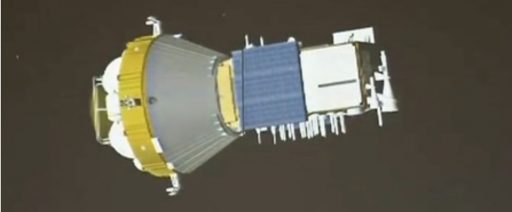
The Yuanzheng-1 (Expedition-1) upper stage has been developed as a multi-purpose vehicle capable of executing mission profiles with several engine burns over extended mission durations. Using storable propellants, the main engine of the YZ-1 stage delivers 6.5 Kilonewtons of thrust and supports at least two in-space engine starts – first to finish the parking orbit insertion and setting the proper altitude and again for the circularization after an extended coast phase. Injection of the Beidou-3 M1 and M2 satellites is planned directly into their operational orbit around 21,500 Kilometers in altitude.
The next Chinese launch is set for November 15 when a Long March 4C rocket will deploy the Fengyun-3D weather satellite into a Sun Synchronous Orbit.

